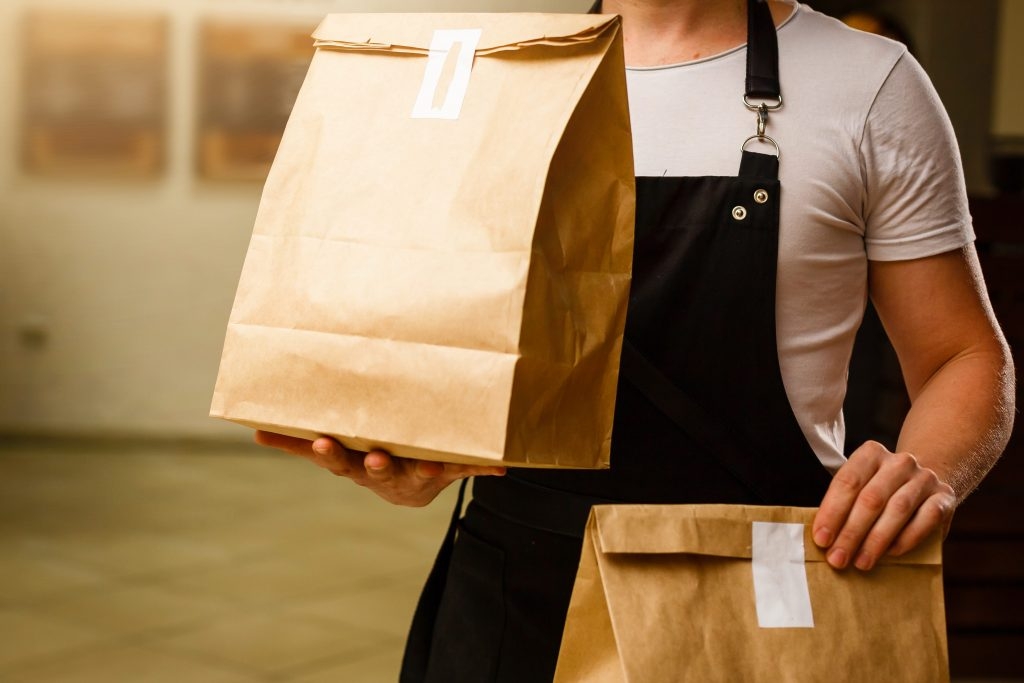Vitamin H
New Trends Reshaping QSR
Drive-thru isn’t the only innovation happening in QSR. Behind the scenes, smarter, more connected thinking is optimizing restaurant performance.

The pandemic appears to have re-wired quick-service restaurant (QSR) restaurants and customers. The most obvious marker is the drive-thru. Up to 85% of QSR transactions are now happening via the drive-thru, a trend that’s prompting brands to invest in big capacity expansions. Taco Bell, as one example, opened what it calls a “Defy” concept store in Minnesota last year, stacking the restaurant over top of the drive-thru, creating four lanes for service.
Drive-thru isn’t the only innovation happening in QSR. Behind the scenes, smarter, more connected thinking is optimizing restaurant performance.
Automation
Increased automation is permeating QSR to reduce costs, alleviate stress, and increase efficiency. Labor and staffing shortages are a constant battle so self-service kiosks are increasing their presence. The results are encouraging. Automating the ordering process with kiosks raises check averages, improves order accuracy, reduces labor costs, and minimizes wait times.
Kitchens are also turning to automated solutions for cooking and preparing food to improve on speed, quality, and consistency. White Castle is now employing “Flippy 2,” a robot, to flip burgers and fry fries in more than 100 stores across the U.S., and others like Jack in the Box, Panera Bread and Chipotle have made similar investments in robotics. Human team members don’t seem to mind, either. Productivity is up and an ability to shift to front-of-house positions are improving customer experiences.
Analytics
Using data analytics to understand customer behavior and order patterns is invaluable as it allows companies to pinpoint needs for improvement, better manage resourcing, and predict consumer trends.
In the kitchen, data analytics allows more accuracy when purchasing and keeping inventory, which results in less waste. When marketing to consumers, analytics shed light on their preferences and ordering history, allowing brands to develop responsive relationships with fans that build loyalty. Taco Bell uses real-time mobile location intelligence to uncover time-of-day and day-of-week trends, allowing the fan favorite to make informed marketing decisions.
Corporate Social Responsibility
QSR brands are also finding creative solutions for packaging that reduces waste without sacrificing convenience or taste. Compostable containers, plant-based utensils, and even edible packaging are leading the innovation charge.
Last year, Yum! Brands (KFC, Taco Bell, Pizza Hut, Habit Burger Grill) committed to a new Sustainable Packaging Policy to transition existing packaging. Yum! Is also developing landfill diversion programs. These measures are aimed at eliminating unnecessary packaging, shifting materials to recyclables, supporting better recovery, and recycling systems, and investing in circularity. The company has pledged to make all consumer-facing plastic packaging reusable, recyclable or compostable by 2025, and reduce food loss and waste by 50% by 2030.
The pandemic’s re-wiring of QSRs and customers was not welcome and will not ever, hopefully, be repeated. These trends show, however, that with resilient and innovative thinking, QSR brands can continue to profit, create positive social impact, and improve customer experience.
